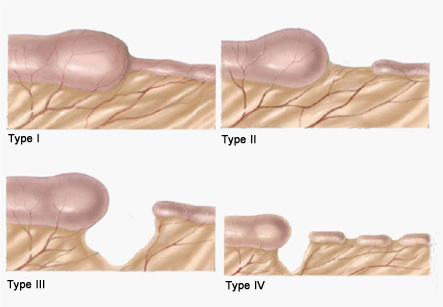Intestinal Atresia
Introduction
Intestinal atresia (IA) is a condition which occurs when part of the child’s intestine doesnot form completely. Instead of being an open and dilatable tube, the intestine is closed off in one or more places. Some children may have missing segments of the intestine between the closed areas. Intestinal atresia prevents food and stool from moving all the way through the child’s body.
The severity of intestinal atresia may vary. The child may have just a small blockage, or they may be large missing segments of intestine.
Intestinal atresia can occur in the large intestine, but it is more common in the small intestine. Doctors often describe this condition by naming the part of the intestine it affects. IA can affect:
• The first part of the small intestine, called as the duodenum
• The middle part of the small intestine, called as the jejunum
• The last part of the small intestine, called as the ileum
• The large intestine
Iranian specialists have made remarkable achievements in infants' surgeries and Iran is among few countries that have gained access to the latest surgical technologies

Intestinal Atresia in Children
Intestinal atresia is present when the baby is born (congenital). Duodenal atresia is due to a problem in the way the duodenum forms while the embryo is developing. Intestinal atresia in other parts of the intestine usually is caused by the loss of blood supply to that part.
About 1 in 2,500 babies has duodenal atresia. About 1 in 1,000 babies has jejunal or ileal atresia.
Symptoms of Intestinal Atresia
Symptoms of intestinal atresia may show up before a baby is born. One sign of IA is extra amniotic fluid around the developing baby inside the mother’s uterus as shown in ultrasound of the mother. This condition is called as polyhydramnios. It occurs because the baby’s intestines do not absorb the typical amount of fluid required.
Symptoms of intestinal atresia show up within the first day or two after birth. Babies with intestinal atresia may have one or more of the following symptoms:
• No stools passed
• Distension of belly from gas
• Yellow or greenish vomiting
• Lack of desire to eat
Diagnosis
To find out if the baby has intestinal atresia, the doctor will order for imaging tests. The baby may have:
• A regular X-ray of the baby’s belly. This may show bubbles of fluid and air in the stomach and first part of the intestine or no air in other parts of the intestine.
• Barium meal – A chalky liquid is given to the child to drink, which helps to show up the intestine on serial X-rays.
• Barium enema – the chalky liquid is given as an enema by a tube to show up large intestine on serial X-rays.
• Prenatal diagnosis – Sometimes doctors suspect a baby may have intestinal atresia on ultrasound exam of mother. This is most common with a duodenal atresia. In this case, the doctors can work with the parents before the baby is born to plan for treatment after birth.
Treatment:
The only treatment for intestinal atresia is surgery. However, before surgery, the baby’s doctors will:
• Stabilize the general health of the baby.
• Insert a tube (nasogastric tube)which passes through the baby’s nose or mouth into the stomach. The tube empties the stomach and keeps gas out.
• Place an IV (intravenous) line for delivering medications and replace the fluids lost while the baby is vomiting or unable to eat.
Surgery for Intestinal Atresia
At the time of surgery, the child is given general anesthesia so that the child is asleep and there is no pain during the procedure.
The surgeon makes an incision in the child’s abdomen and examines the intestine to find the part which is blocked. Then, the surgeon will make cuts on both sides of the blocked sections and make openings that can be sewn together. This allows the intestine to become an open tube. Sometimes the surgeon needs to remove parts of the intestine to correct the problem. Once the blockage is repaired, the surgeon closes the incision in the skin.
About one to three weeks after going home from the hospital, the child will see the surgeon for a follow-up visit.
If the baby’s doctors suspect that the child may have trouble feeding, the baby may need a feeding tube, called a gastrostomy tube. The surgeon will place this tube by making an opening in the abdomen during the surgery.
The duration of the surgery depends on the child’s needs. Most of children who have this surgery are already in the intensive care unit (ICU) before surgery. After surgery, the child is either taken back to the ICU or shifted to the recovery room.
About one to three weeks after going home from the hospital, the child will see the surgeon for a follow-up visit. The surgeon will make sure that the child is gaining weight and growing well.